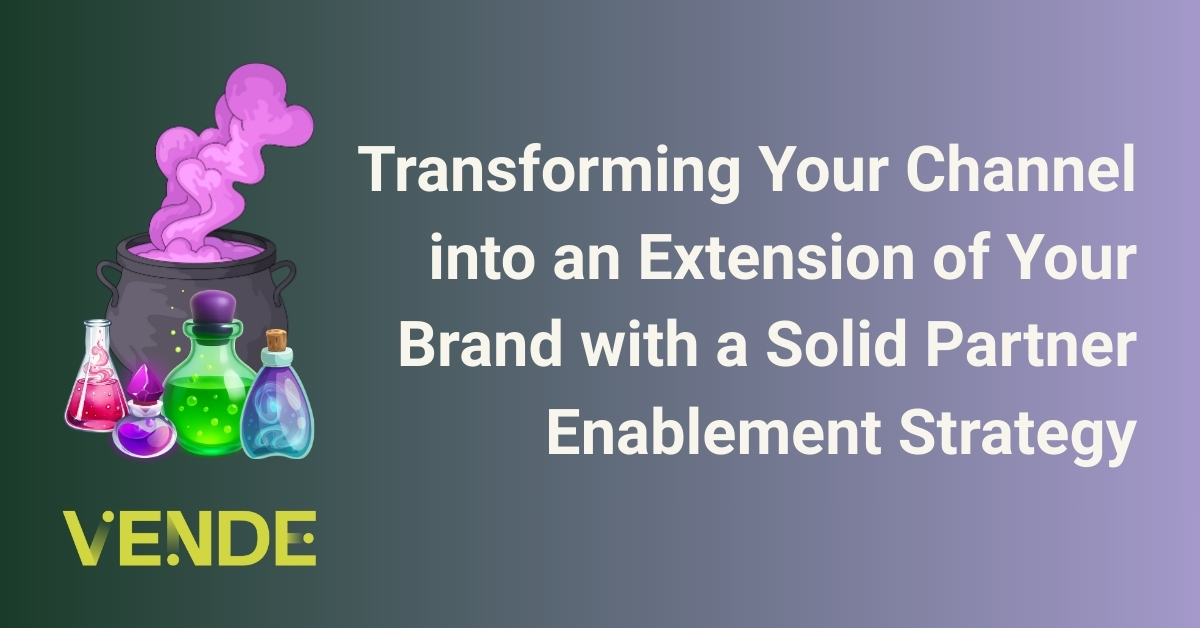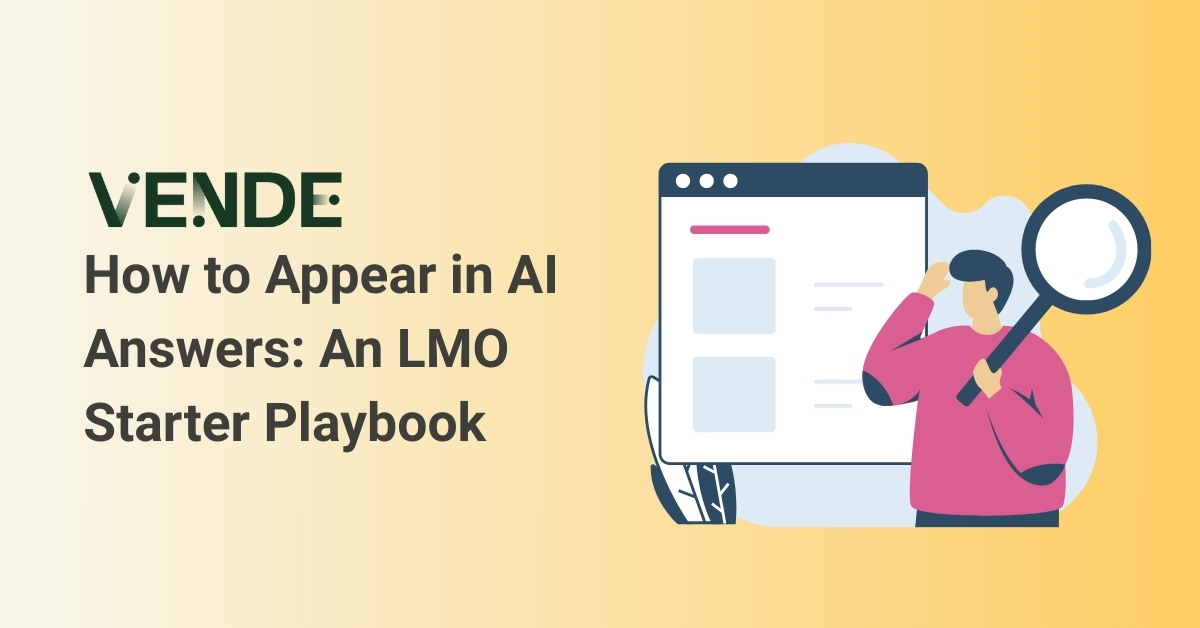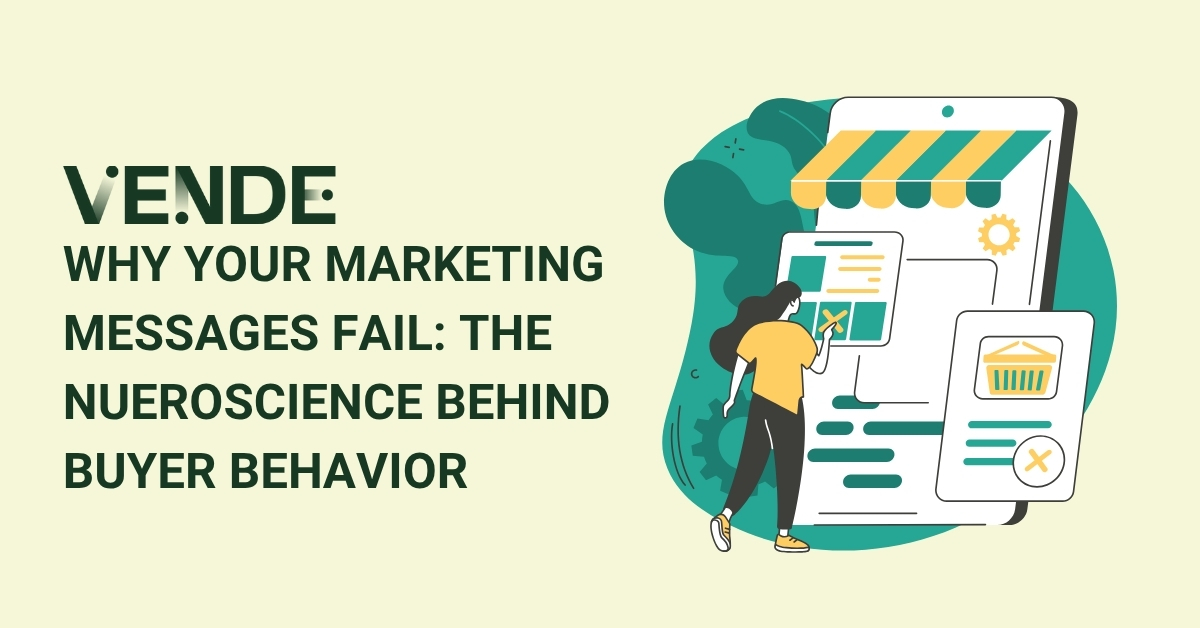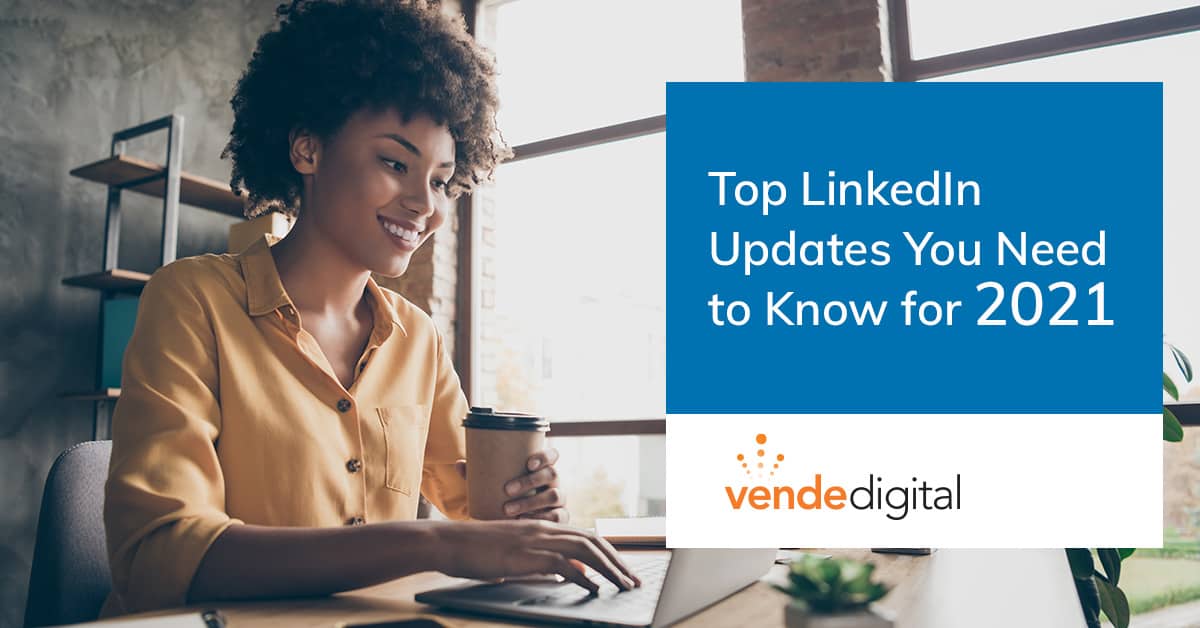
Top LinkedIn Updates You Need to Know for 2021
Will LinkedIn be a key demand generation platform for your business in 2021? As more professionals found themselves working from home in 2020, LinkedIn saw increased growth in active users, sessions, and engagement. Arguably the world’s largest professional network with over 740 million global users, LinkedIn has continued to remain focused on B2B.
Now, LinkedIn is introducing new tools and features, including stories and selling tools, that will increase connections, help you engage your network, and create a better user experience. Discover the top LinkedIn updates that you need to know for 2021 and how you can benefit from these changes.
LinkedIn Stories
LinkedIn is a unique platform in that 50 percent of its traffic comes from desktop, and 50 percent of its traffic comes from mobile. If you are primarily a desktop user, you may be unaware of perhaps the biggest update to LinkedIn recently, and that is the introduction of LinkedIn Stories.
What is LinkedIn Stories?
Stories is a mobile-only feature that allows users to connect with others in a more personal way. Many users are missing the interaction of the office as they continue to work remotely, and Stories is a way to regain those more relaxed ‘water cooler’ conversations.
Within the Stories update, LinkedIn has even introduced the swipe up feature, which works similarly to the swipe up on Instagram. LinkedIn has shown that they are committed to making many of their organic tools available to small and medium-sized businesses to help them grow, and so company pages automatically have access to the swipe up on stories. Individual users can also have access if they have 5,000 followers and have the button on their profile set to follow rather than connect.
With the introduction of Stories, LinkedIn is also adding ad placements to the stories. As businesses look at ads in Stories, it will be important to understand what LinkedIn Stories are for, who they benefit, and how you can share your business and your expertise without spamming your followers. Businesses may need to look at how they can change their strategy from what they are posting on their feed vs. on LinkedIn Story. Many users aren’t spending as much time in their feed on social channels, so the addition of ad placements in stories will be beneficial to companies once they understand the best kind of content to place there.
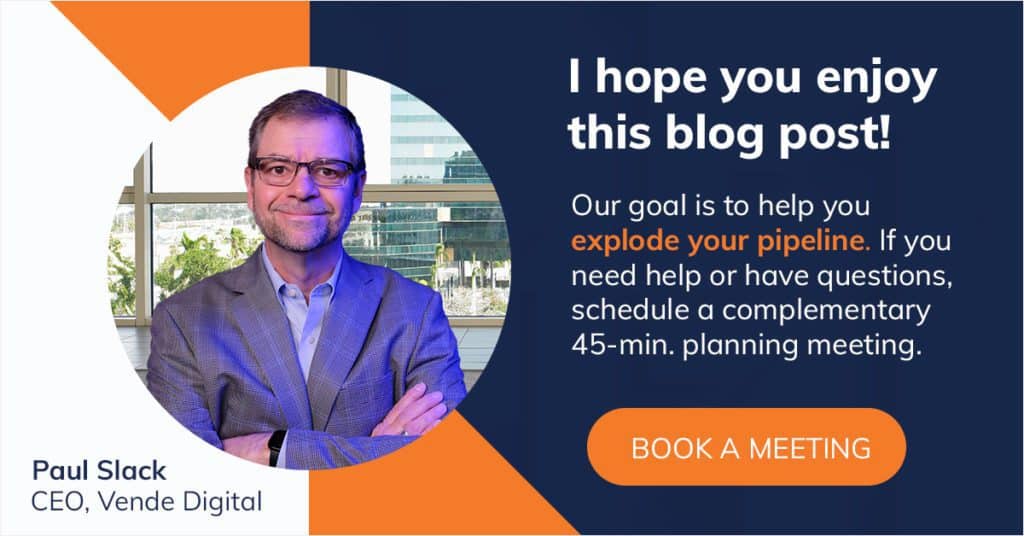
LinkedIn Page Changes
LinkedIn is improving post visibility and introducing more engagement controls that give users the ability to control who sees their posts. Relevance matters and LinkedIn has introduced changes to their algorithm to make sure that users are tagging people in their posts, asking questions, asking for feedback, and are opening up conversations. It’s those conversations that allow people to stay on the platform longer, which is the ultimate goal of LinkedIn.
Post Visibility
Posting and distributing content organically is a key for generating your targeted buyer to see your content. When users create a post on LinkedIn, they can now choose the post visibility, whether that post is visible to the public, LinkedIn and Twitter, or just their connections. This is similar to a user choosing whether to make a post on Facebook public or just for their friends. Beyond posting to their own feed, users can also now post directly into groups on LinkedIn.
Comment Control
Users can now select who can comment on their posts. You can allow anyone to comment, you can choose just your connections, or you can choose to allow no one to comment. While other platforms are having issues with trustworthiness, LinkedIn is still seen as a trustworthy brand. As an effort to remain trustworthy, one of LinkedIn’s goals is to reduce spam, and this feature has the potential to reduce a lot of spam comments. Additionally, turning off comments for some followers or some posts, and therefore reducing spam, also helps make people's feeds a lot more relevant.
Admin Levels
Another change coming to pages is the ability to select different levels of admins. This update is especially helpful if you work within an organization. Admin levels include super admin, content admins, and even admins who can only create sponsored content. Additionally, you can add an admin to a company without being connected with the person first.
Content Section
The content section used to only have content suggestions, specifically, content that people were interacting with that you could repurpose for your page. Now this section has some additional items, including company milestones. This will show anybody that is a new hire, people that are celebrating an anniversary, and people that have been recently promoted. If you work in a big organization, this is a great way to keep track of employees or co-workers who are celebrating and gives you a chance to recognize them and a chance to share content related to your company.
Another new tab in this section is company news. Any time your company is mentioned in the news, it will appear in this section. If you are someone who has Google Alerts set up for your business, you’ll probably really love this new company news tab.
LinkedIn Selling Tools
Account Mapping
This LinkedIn update will be particularly helpful for those who use LinkedIn for sales. Account mapping allows users to map out an organization and show where various people are on the flowchart. Now, sales teams can usually see the people within the organization. Account mapping also has the potential to help sales teams narrow down decision-makers within an organization.
Sales Insights Tools
The new sales insight tool will show not only the people within the organization but also which of your connections is related to that person. For example, if you have a director of sales that you are looking to target, sales insights will show you who within your connections is already connected to that person. By making these connections, sales teams can have an easier introduction to that person and make a better connection.
Product Pages
LinkedIn appears to be moving away from showcase pages and instead is introducing product pages. In the past, you could create a showcase page for a product, but this required you to create all new content, and there were a lot of things that couldn’t be included, namely reviews, testimonials, and ratings. Now product pages will be a sub-page of your company page where you can describe individual products.
Currently, these product pages are just for software products, but they allow photos, videos, and customer reviews, and at the bottom of the page, there is a button that takes a person directly to the website where they can download the software. Product pages are still currently in beta testing and are not available for services, courses, or physical products. However, there is reason to believe that usability may expand in the future.
Remote working is driving people to use LinkedIn differently than they used to. Users are turning to LinkedIn as a place to find daily interaction, and there is a huge opportunity if you learn how to execute the right strategies. At Vende Digital, we can help you develop a winning online solution. Growing your business is our business. Contact us today to schedule a complimentary Discovery Meeting.
Key Takeaways
- LinkedIn is an important channel for B2B marketing and will continue to be in the foreseeable future.
- LinkedIn is introducing new tools and features that will increase connections, help you engage your network, and create a better user experience.
- New LinkedIn updates include stories, page updates, and new selling tools.
- Users are turning to LinkedIn as a place to find daily interaction.
- The biggest update to LinkedIn is the introduction of LinkedIn Stories.
- LinkedIn is improving post visibility and introducing more engagement controls that give users the ability to control who sees their posts.
- Vende Digital can help you develop a winning online solution.

